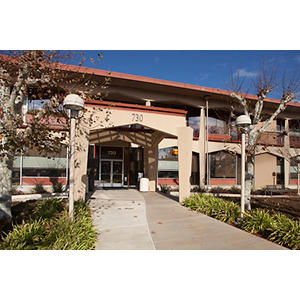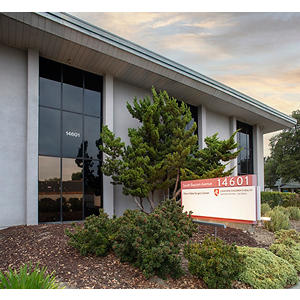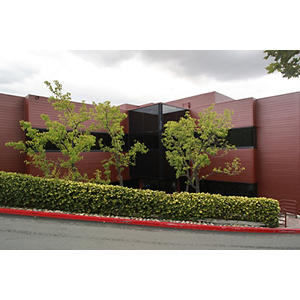Laura Prolo, MD, PhD
Associate Professor
Neurosurgery
“I love caring for children because they are full of life and promise.”
My Approach
Children are so resilient. I find it immensely rewarding to change the course of their lives–to watch them recover, grow and do well. Caring for your child is a privilege that I don’t take lightly, and I treat every child as if they’re family. I am especially interested in developing novel approaches to treat children with craniosynostosis, brain tumors, and congenital disorders.
Locations

730 Welch Road, 2nd floor
Palo Alto, CA 94304
Phone : (650) 723-0991
Fax : (650) 725-5086


Work and Education
Stanford University School of Medicine, Palo Alto, CA, 06/30/2012
Stanford University Dept of Neurosurgery, Palo Alto, CA, 06/30/2019
Seattle Children's Hospital Neurosurgery Fellowship, Seattle, WA, 06/30/2020
Neurosurgery, American Board of Neurological Surgery, 2023
Pediatric Neurosurgery, American Board of Pediatric Neurological Surgery, 2023
Languages
English




Connect with us:
Download our App: